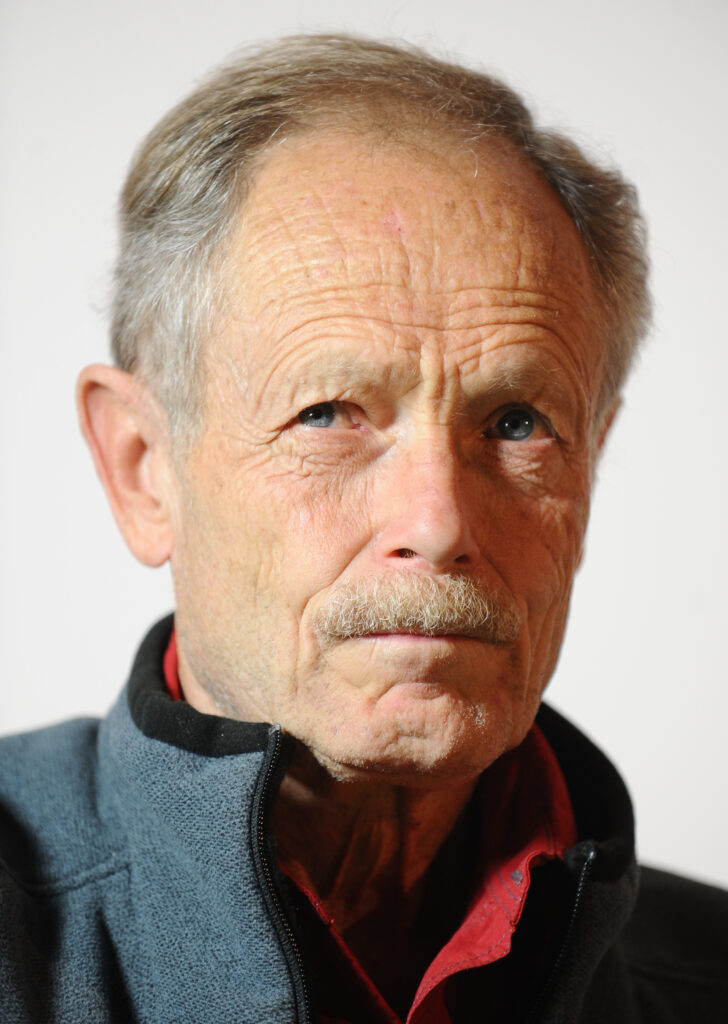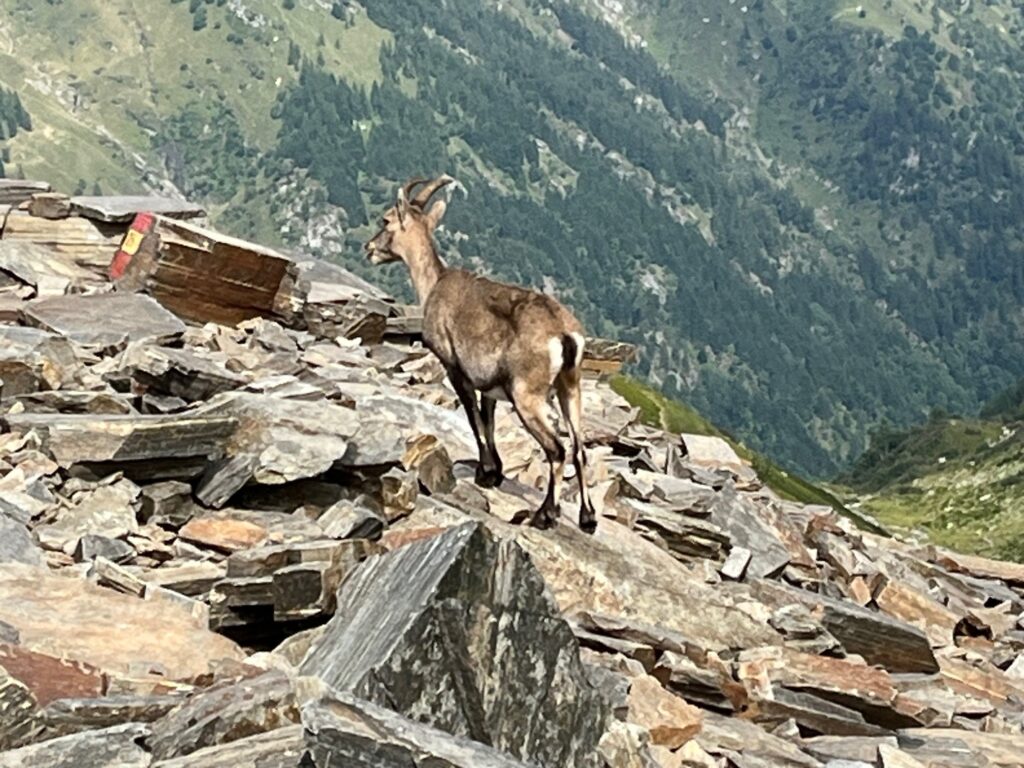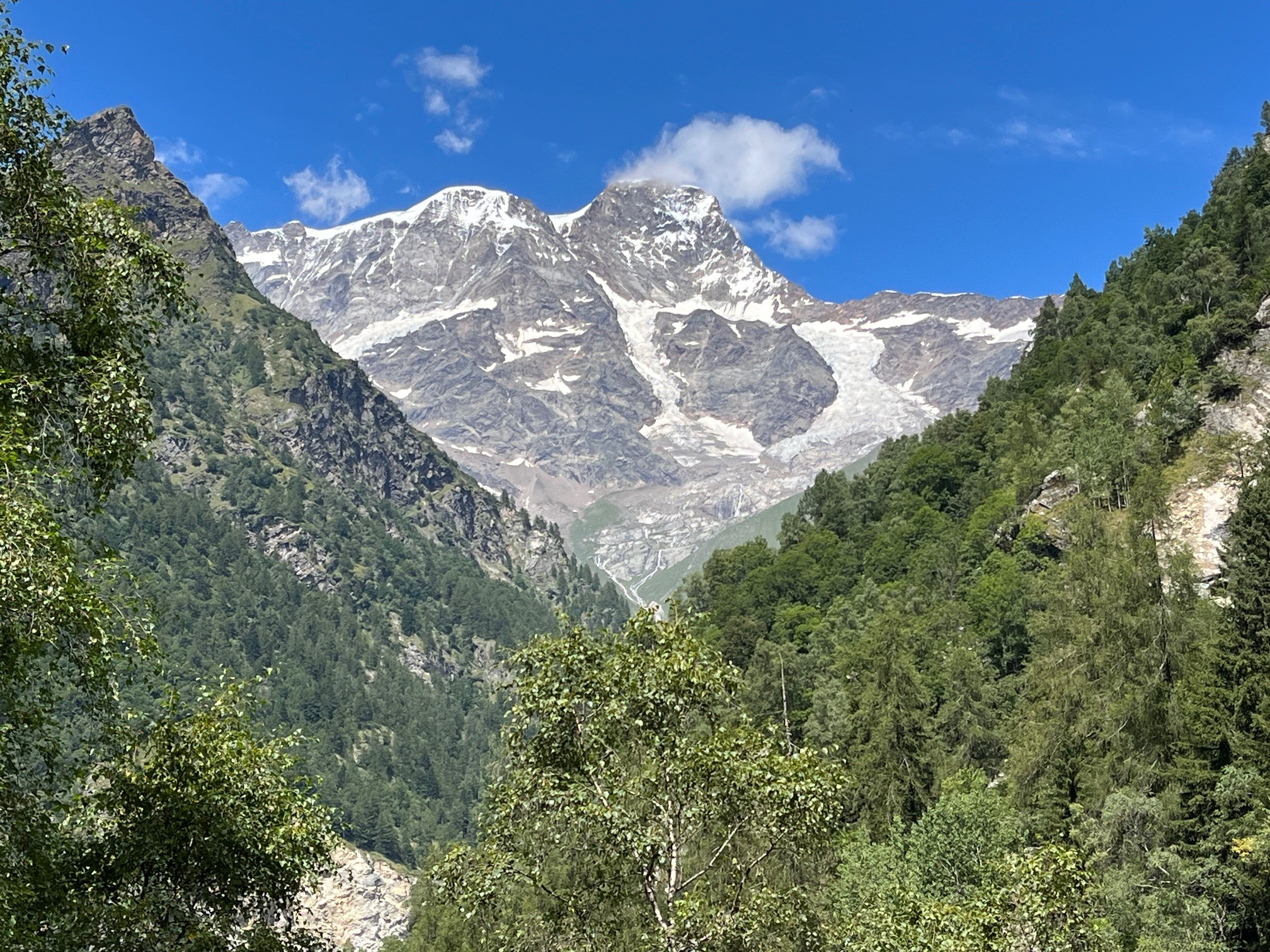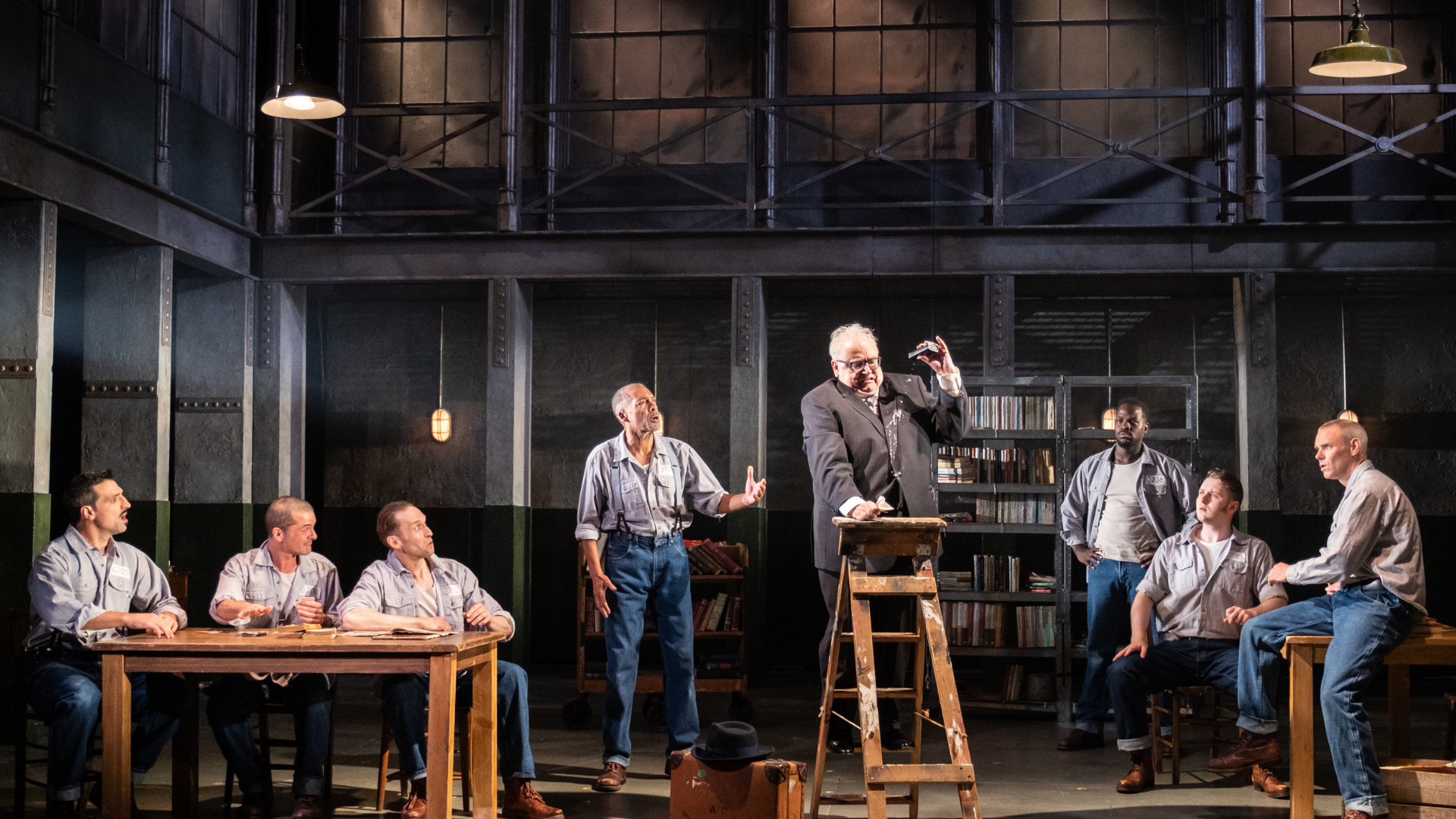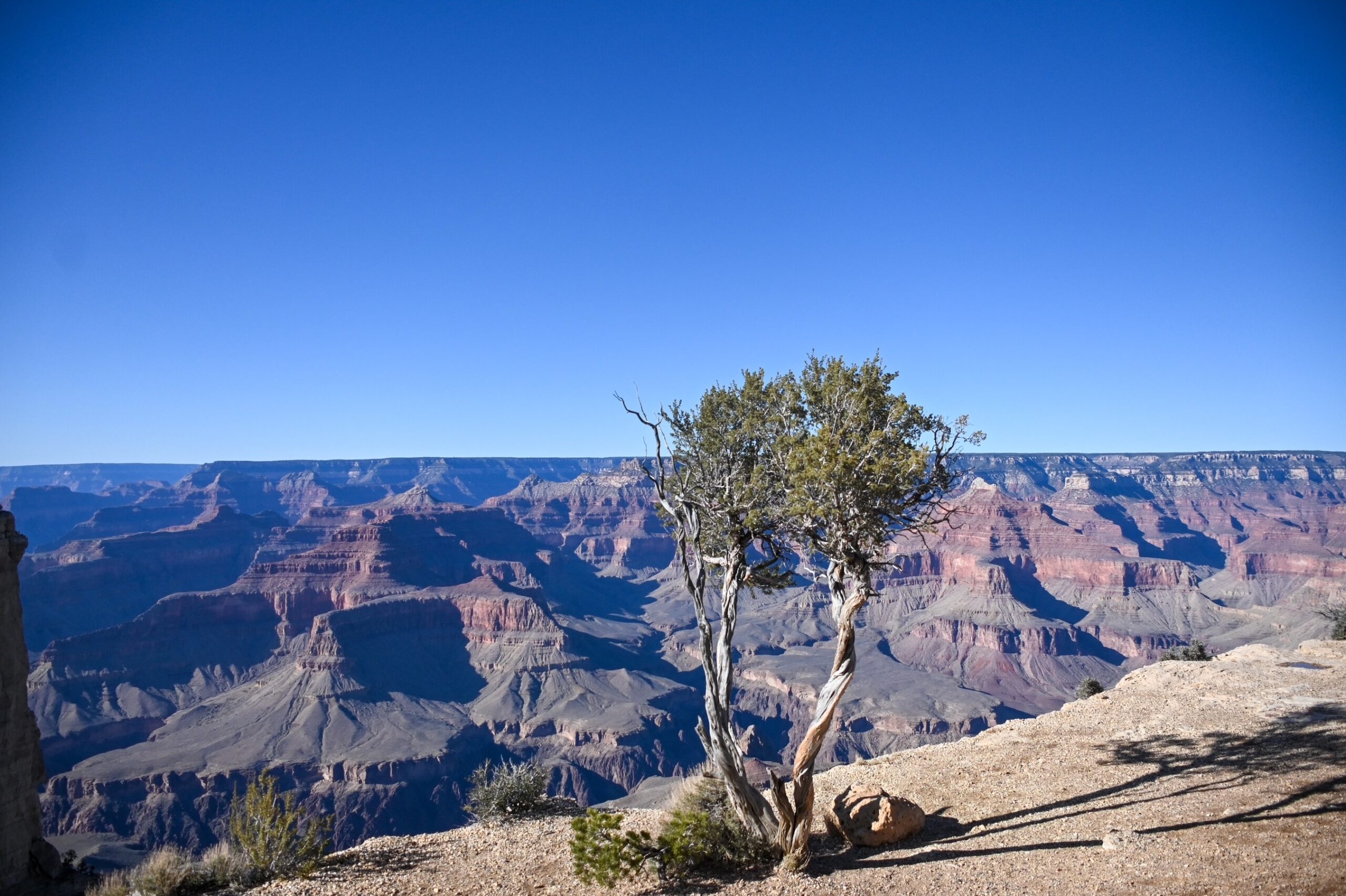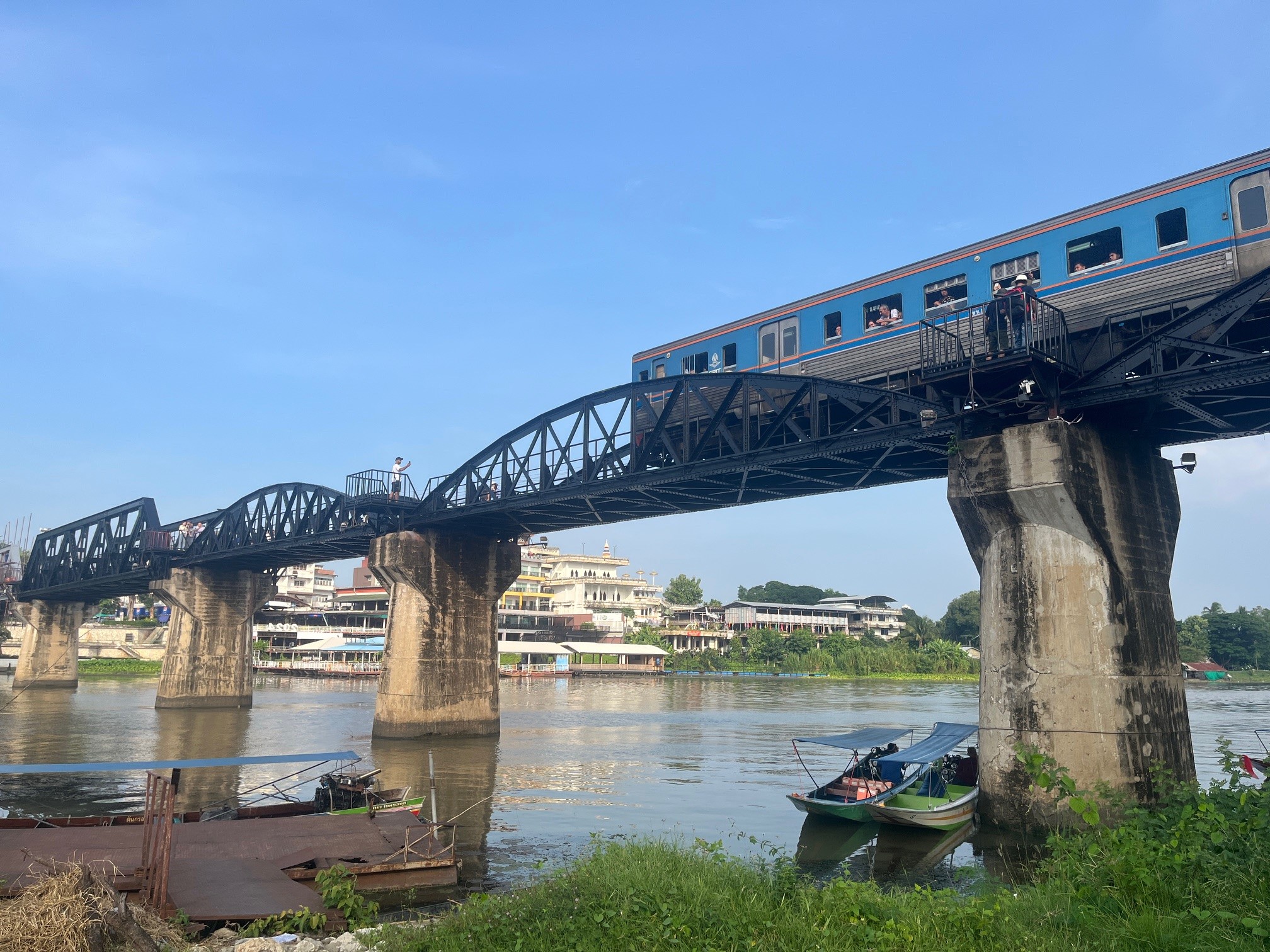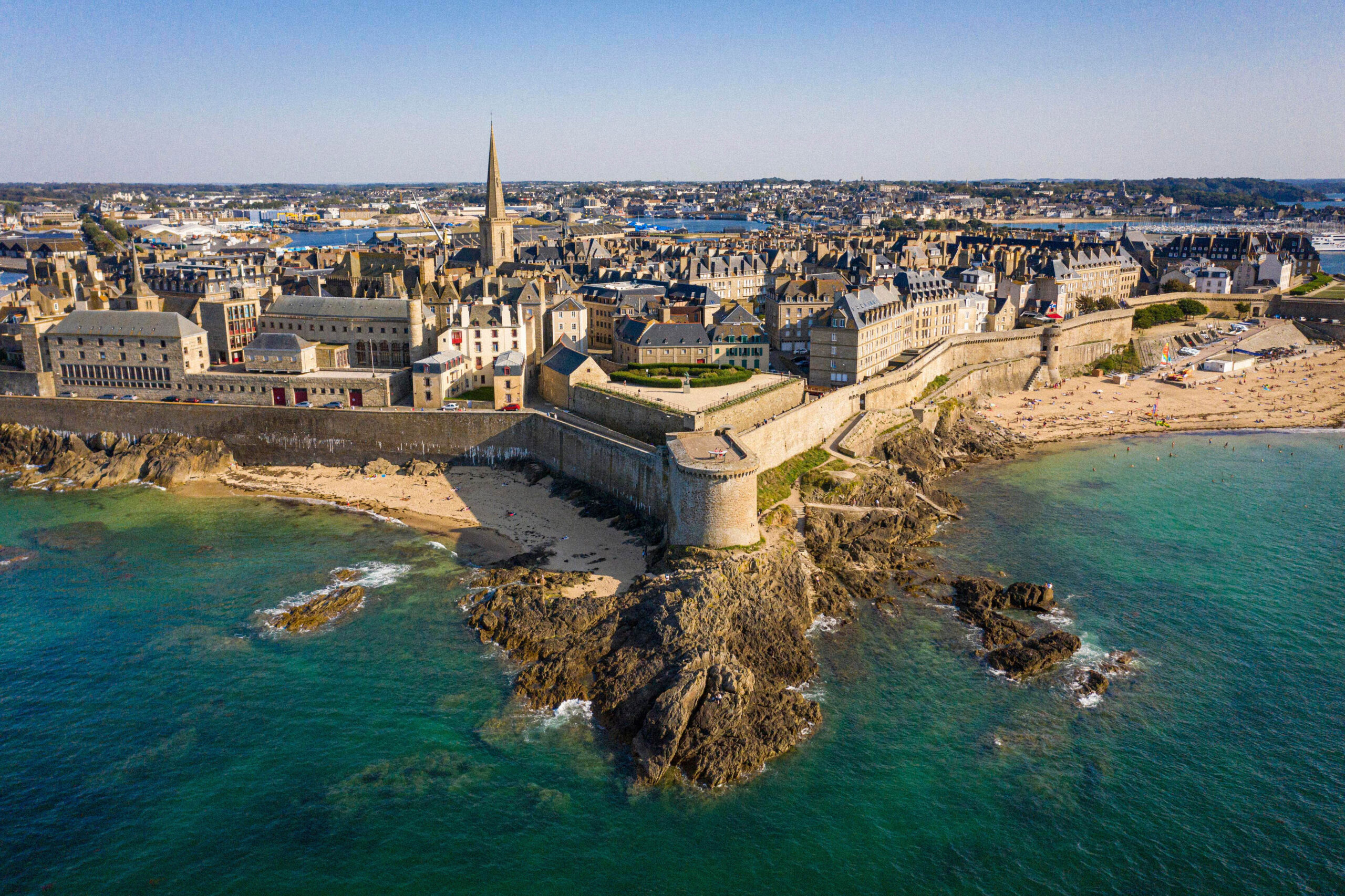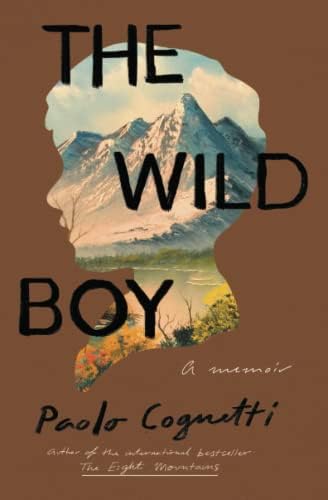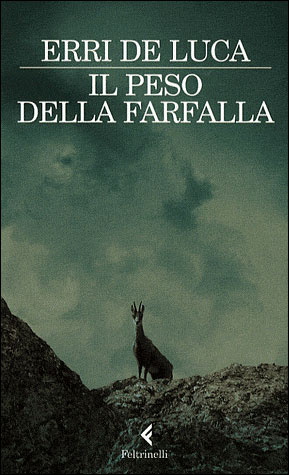Four of us, dashing young fifty-somethings, set off with our backpacks up the Vogna river. Our wives accompanied us through the first part of the valley, walking from hamlet to hamlet, discovering the beautiful stone chalets covered with a façade of wooden balconies, the “lobbias” typical of Walser dwellings. After the nice oratory of San Grato in La Peccia, we embraced our wives and set off for the rougher, uphill part of the valley, inaccessible to cars.
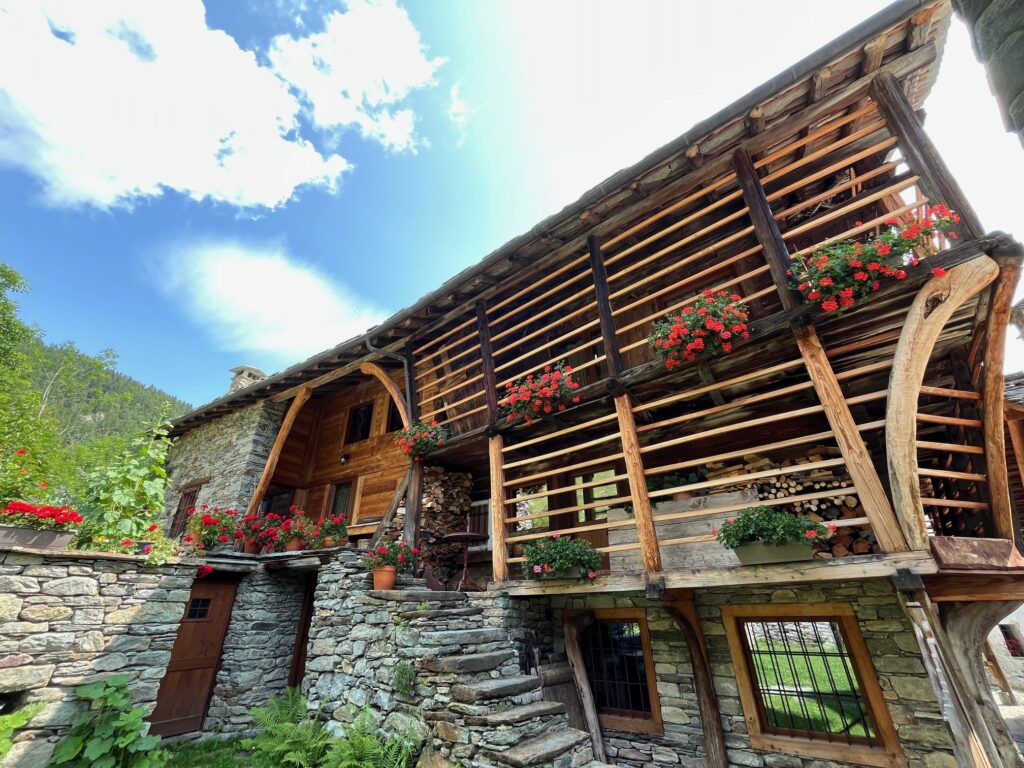
As the path climbed higher, we passed almost no-one, crossing torrents, skirting clear lakes and walking through alpine pastures with their low stone houses, mostly unoccupied. After going around Lago Nero, the trail becomes lost in the scree, the slope gets steeper, and I lose my breath. Gasping, I reach the Passo del Maccagno at 2493m to enjoy a splendid view from the ridge that divides the Valsesia in Piemonte and the Valle d’Aosta.
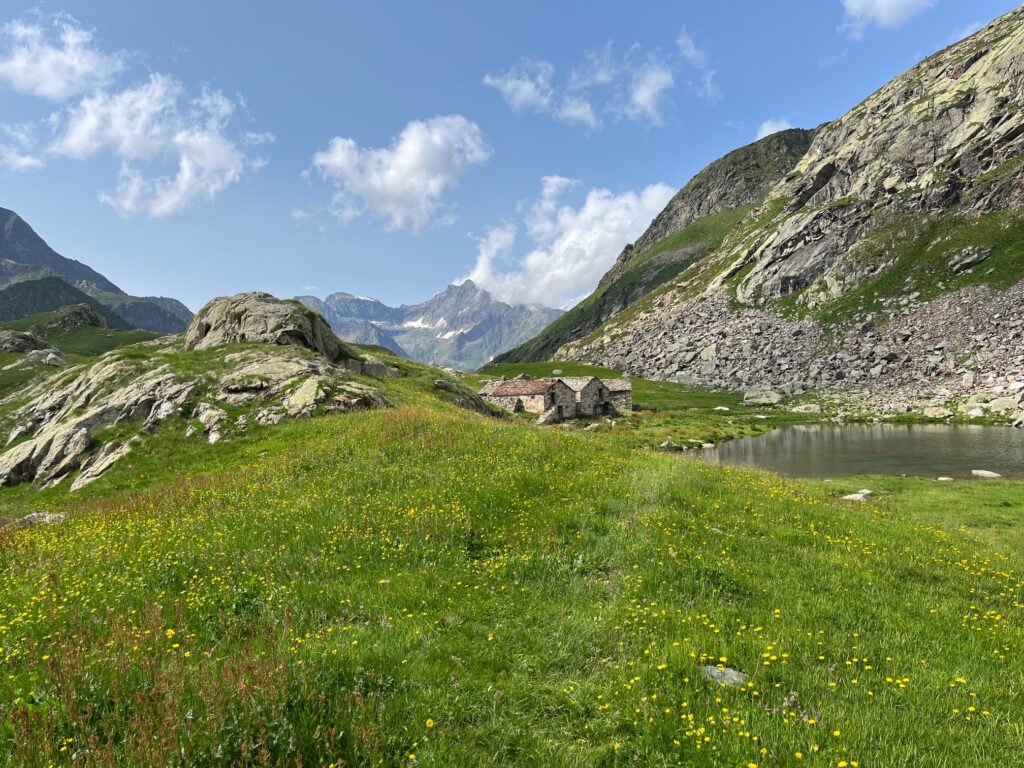
We walked down on the Aosta side following the Loo valley. As the day drew to a close, for a moment we thought we were being watched by wolves, but in the end, we arrived safely at the Blékéné agriturismo refuge in Obre Loo, greeted in French by Simone, his father and two sons.
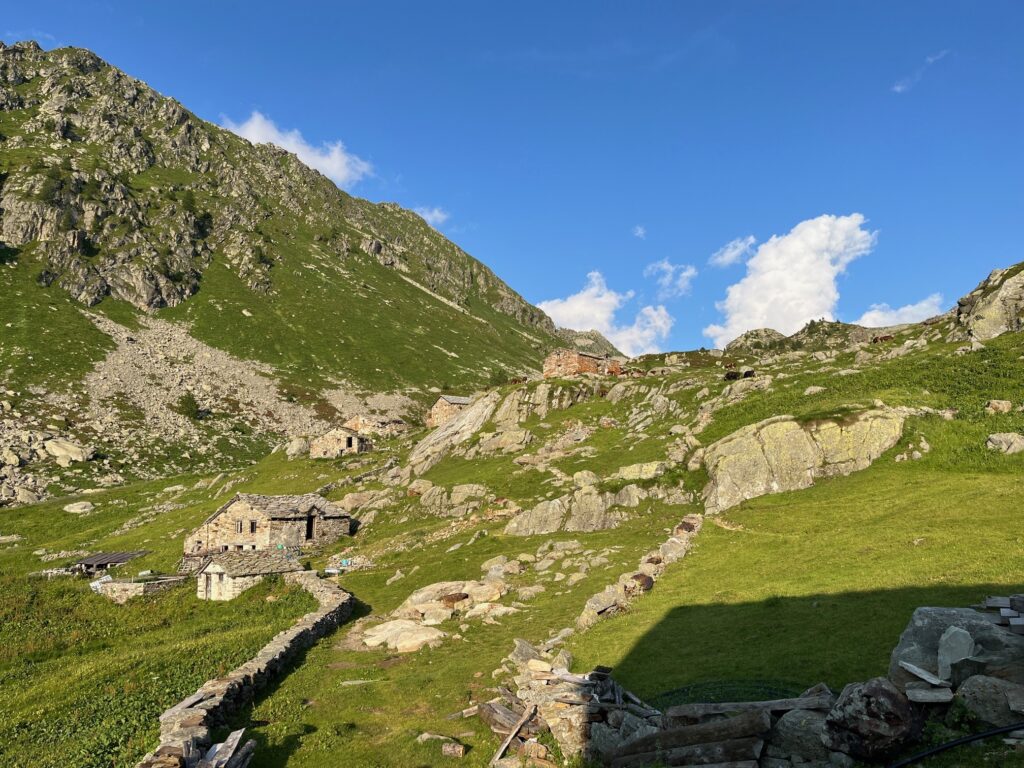
This two-day walk with friends, as well as other shorter walks in the Valsesia, where many mountain villages are steeped in Walser culture – those groups of German-speaking immigrants who came from Switzerland across the Alps to settle on the southern flanks of Monte Rosa – reminded me of two books by Italian writer Paolo Cognetti.
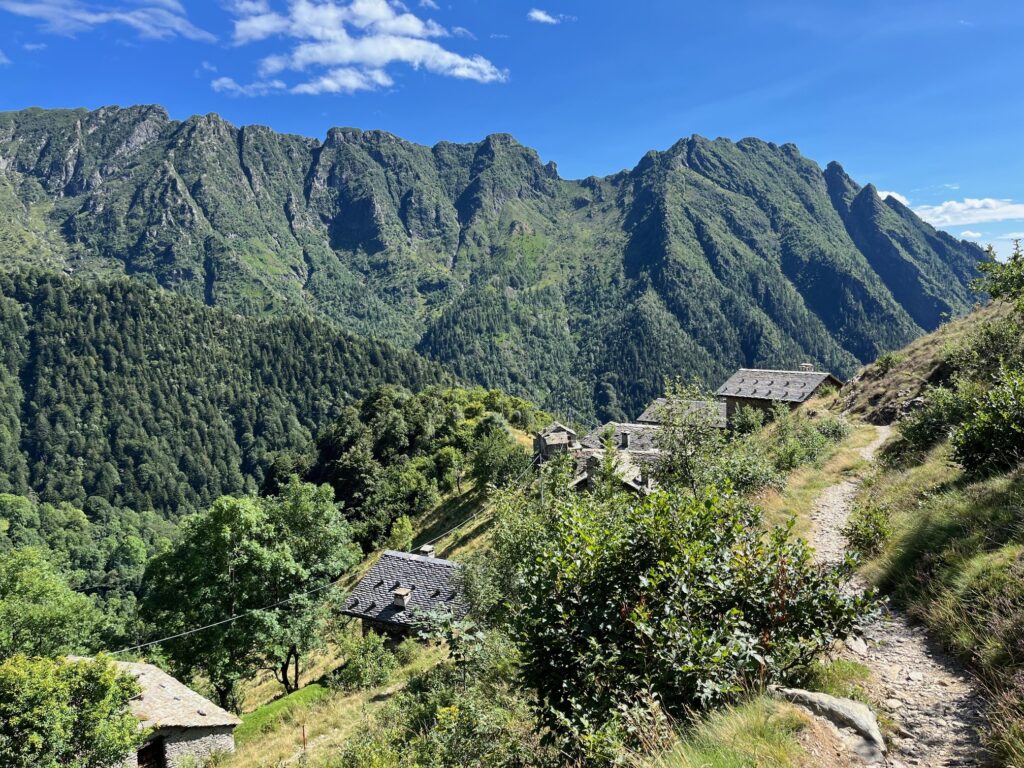
In “The Eight Mountains (Le Otto Montagne)”, Pietro is a young boy living in Milan with his parents. His father, a self-taught mountaineer, takes the family for the summer to a small village at the foot of Monte Rosa. As soon as he sees the white summit at the end of the valley, Pietro is overjoyed. He’s going to meet up with Bruno, a local boy with whom he’s going to climb up the torrents. Pietro’s father takes them both with him to walk on the glaciers. Paolo Cognetti’s novel follows the friendship between Pietro and Bruno through their lives as children and then as adults, with its ups and downs. It also recounts the difficult relationship between Pietro and his father, who struggled with the mountains the same way he struggled with life. It’s a simple but harsh story, like the mountains around Monte Rosa, where the Italian sun collides with the rigor of the Alps. The novel, which won Italy’s Prix Strega and the Prix Médicis étranger in France, has been made into a beautiful film by Belgian directors Felix Van Groeningen and Charlotte Vandermeersch.
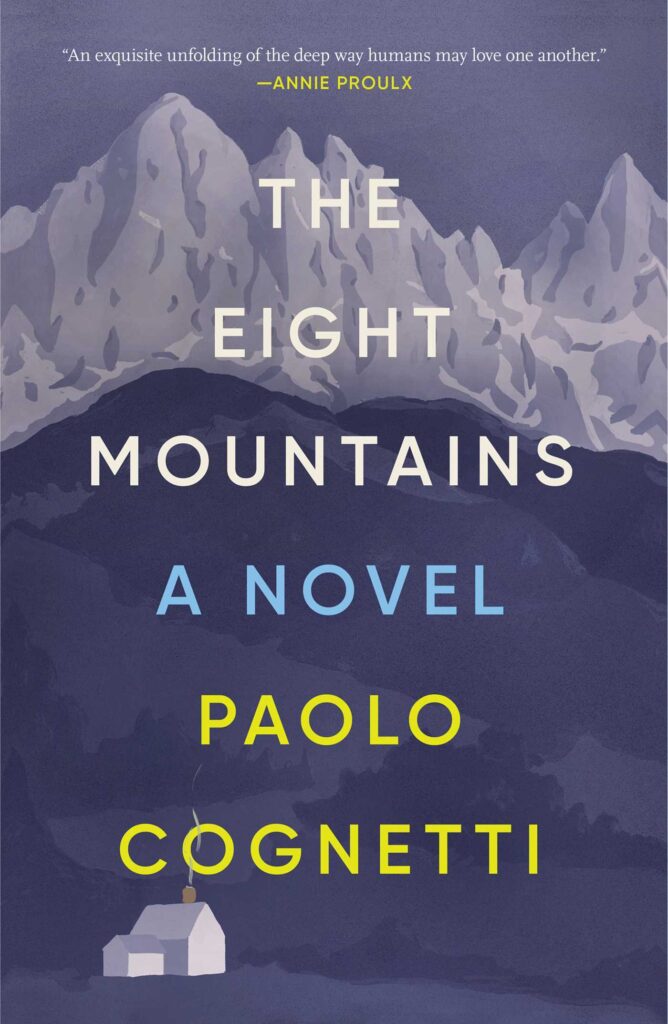
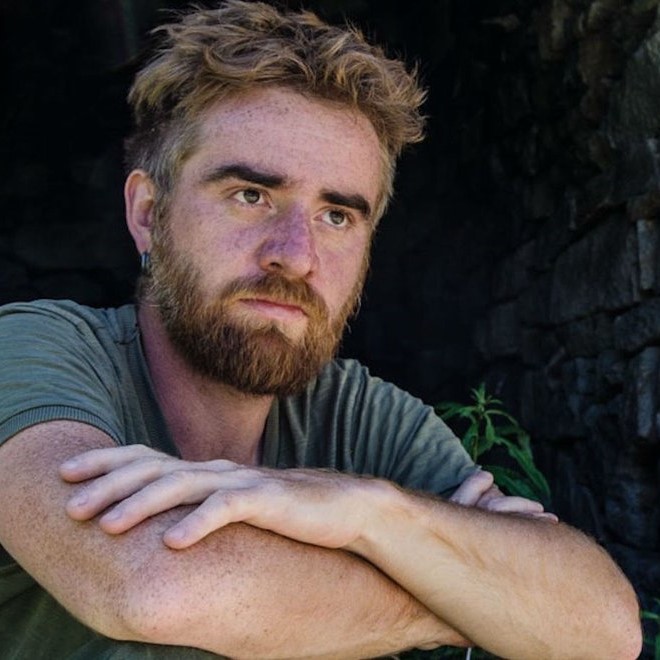
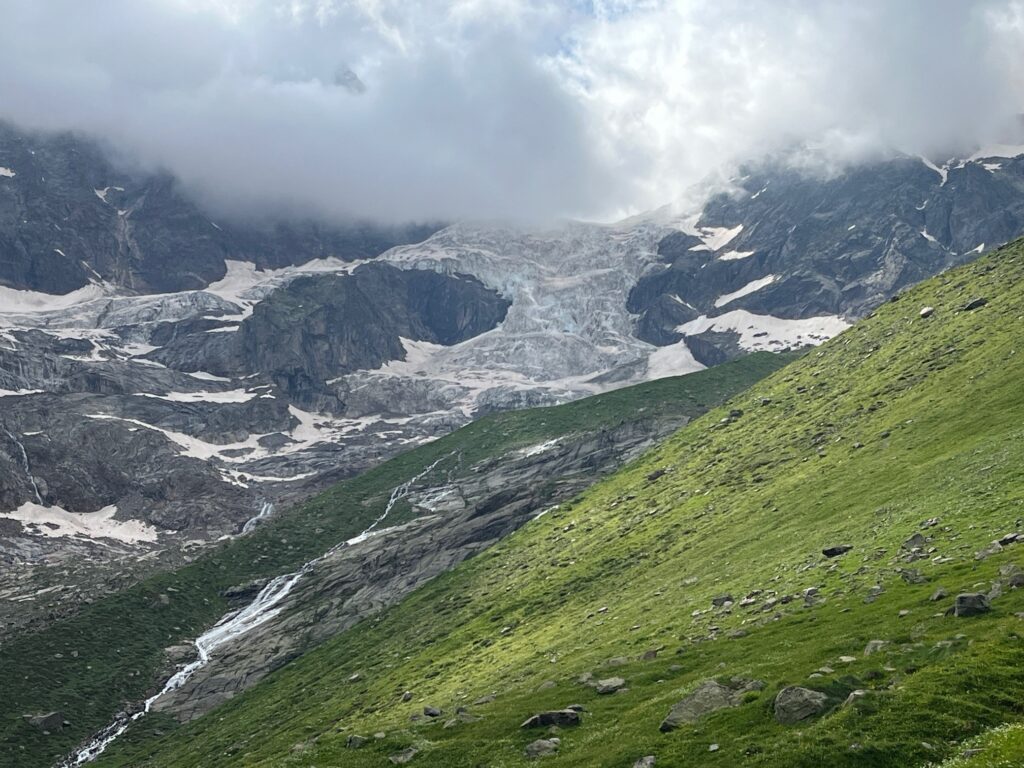
In the novel, Pietro and Bruno join forces to rebuild a “baita”, a stone building in the alpine pastures, like the ones we came across on our way up the Vogna river. In “The Wild Boy (Il ragazzo selvatico)”, a story that purports to be autobiographical, Paolo Cognetti withdraws to one of these basic dwellings for several months, returning to the mountain and close to the seasons. Little by little, he observes the forest and the valley, rediscovers the child he was and, finally, what he really wants.
I conclude this brief snapshot of Italian literature inspired by the Alps with “The weight of the butterfly (Il Peso della Farfalla)”, a short but superb book by the writer – and seasoned mountaineer – Erri De Luca. It doesn’t yet appear to have been translated in English. It’s the story, which reads like a fable, of the patient and respectful encounter between an aging hunter and the old dominant male of a herd of chamois. The man and the animal climb up the stones to the summits, observe and feel out each other, and must draw on their deepest resources before coming face-to-face.
